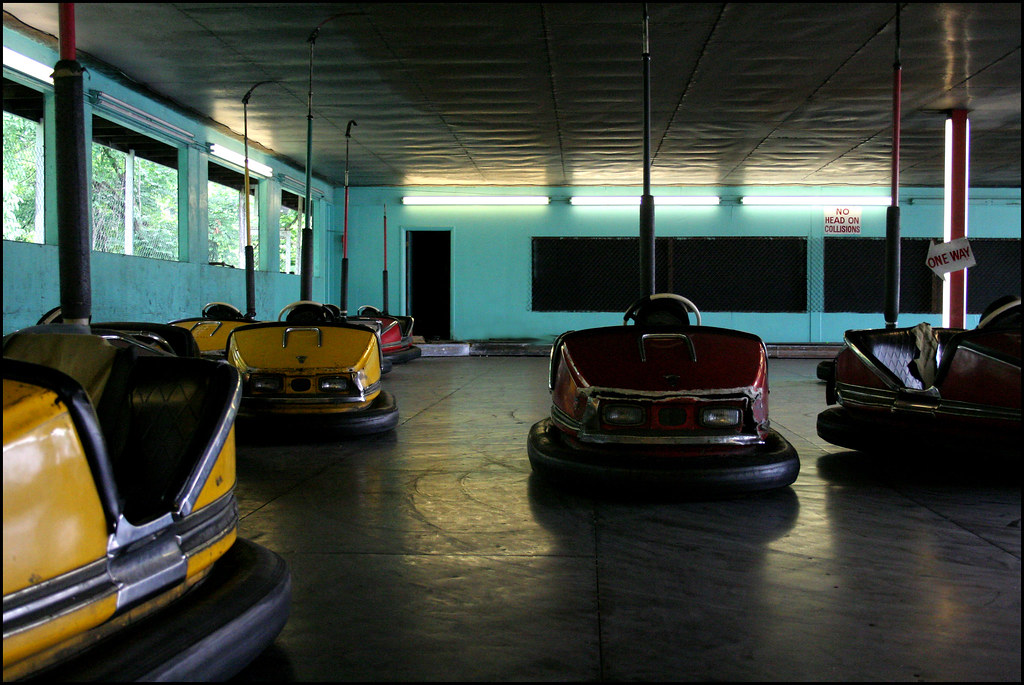This week, NASA launched a new mission to investigate the red planet. The Mars Atmosphere and Volatile Evolution (MAVEN) mission will orbit Mars and study the upper atmosphere. The theory is that Mars used to have a thick atmosphere and liquid water, and this was removed by the Sun's solar activity.
Getting to Mars is not easy. Think about the most awesome night of bumper cars you've ever had. You're slamming into folks left and right because you're predicting where they are going to be seconds from now. Now, let's see you needed to know where a bumper car would be a minute from now. Or a month. Or 10 months.
Both Earth and Mars are traveling in elliptical orbits, at diferent speeds, around the sun. So MAVEN has to be launched from a moving earth and predict where Mars is going to be 10 months later when the craft arrives. Even the closest distance between Mars and Earth (the opposition) changes - it can be anywhere from 33.9 from 62.7 million miles until 2020.
Once you predict where Mars is gonna be, you can't just travel in a straight line. The most optimal path often involves changing your direction ever so slightly to take advantage of both the Earth's gravitational pull and that of Mars. To that end, MAVEN has five trajectory correction maneuvers (TCMs) that use tiny bits of a fuel to change the direction of the spacecraft ever so slightly.
Check out more about MAVEN by reading the following documents:
- MAVEN Frequently Asked Questions
- University of Colorado's Laboratory for Atmospheric and Space Physics (LASP)


